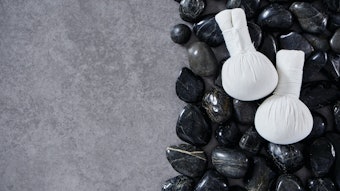
The pandemic brought out new trends such as an increased interest in botox due to Zoom Face. As clients stare at themselves during zoom meetings, it led many to look into elective cosmetic procedures. The anti-aging ingredients market is even estimated to surpass $1.5 billion by 2027.
While it has become popular recently, anti-aging treatments are nothing new. Vox researched the history of winkles and anti-aging, showing treatment for wrinkles started back in ancient Egypt, if not earlier. These treatments used acids to stimulate collagen production in the skin.
From there, women in Europe during the 16th and 17th centuries would use meat or wine as masks to help reduce wrinkles.
Then, in the 1900s, the facelift was born. This procedure is invasive and requires downtime after but it resulted in reduced wrinkles. However, in 2002 botox was approved for cosmetic use as a quicker and noninvasive way to rid the face of wrinkles.
This brings us to the present. Botox is still popular but as we slowly enter the post-pandemic world and return to "normal", Vox wonders if the days of worrying about wrinkles could be behind us.
Now, the world seems to accept and maybe even embrace wrinkles. This is evident in campaigns such as Ilia Beauty, which features older women with wrinkles, and Céline who had 80 year old Joan Didion star in its campaign. Even actresses such as Shannen Doherty and Katie Couric have also come out encouraging a makeup free face on social media.
Actress Justine Bateman spoke with Vox, saying "“What fears do we have as a group that are acting as anchors for this idea that women’s faces are broken and need to be fixed? You don’t have to go along with this idea that your face is hideous. You have a choice.”










